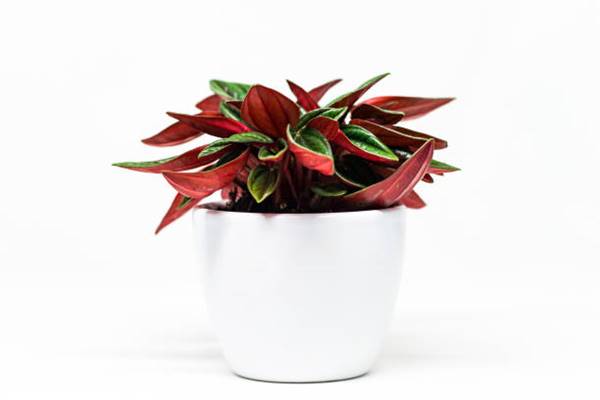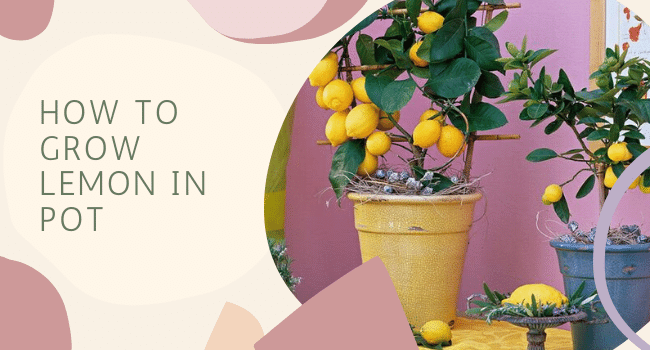How to Grow Peperomia Rosso Indoors | Peperomia Rosso in Container
Learn how to grow Peperomia Rosso indoors by going through this post. Peperomia Rosso is ideal for small spaces, be it home, office or apartment!
Scientific Name: Peperomia ‘Rosso’ / Peperomia caperata ‘Rosso’
Common Names: Peperomia Eden Rosso, Emerald Ripple Peperomia, Merald Ripple Pepper, Radiator plant, Green ripple peperomia, Little fantasy peperomia
Peperomia Eden Rosso creates instant drama with the reddish undersides and deep veins running on the foliage. One of the great things about Peperomia Rosso is that it’s a hardy houseplant and is used to varying conditions. This epiphytic plant takes up little space and can fit into small pots, making it ideal for indoor spaces such as home and office. So how can you grow peperomia Rosso indoors? Let’s dig deep or not, as shallow will work!
How to Grow Peperomia Rosso Indoors

Peperomia Rosso Propagation
Propagation from stem cuttings is the most common and successful way of growing Peperomia Rosso. Take a 4-6 inches long stem cutting from the healthy stem of Peperomia using a sharp tool. Dip the end of the cutting in the rooting hormone and plant it in a well-draining potting medium. Make sure that the cutting is stable and does not fall over. The cutting can take anywhere from two to five weeks to root, so be patient. Do not fertilize the young Peperomias and wait for at least six months before fertilizing.
Also Read: How to grow Peperomia Hope in Container
Choosing a Container
For planting Peperomia Rosso cutting, initially go for a container that’s 4-6 inches in depth. Terra cotta or ceramic pots both will work, or you can get creative and reuse old household items but make sure to sterilize them. Move the plant to a large container when it becomes root-bound. Ensure that drainage holes are present at the bottom of the pot!
Transplanting
Peperomia Rosso won’t require frequent transplanting; in fact, transplant it only when it outgrows the previous pot. When the roots start to grow out from the bottom of the drainage holes, it means that the peperomia has become root-bound. Go for a pot that’s one to two sizes large than the previous one as it loves to remain somewhat rootbound.
Temperature
Ideally, the temperature can lie anywhere between 50 to 75 degrees F for proper growth. However, it can tolerate temperature fluctuations as long as they aren’t extreme. When the temperature falls below freezing, bring the plant indoors and place it in a warm spot.
Requirements For Growing Peperomia Rosso

Location
Peperomia is ideal for spaces desktops and dish gardens because of its small size. It’s a tropical plant, so it goes without saying that it’ll do well under bright indirect light. Locate it on a sunny windowsill or under grow light if there is a lack of natural light in the indoor space. It can tolerate morning and evening sun, but protection from direct light is essential in the afternoon. Poor lighting affects the growth and causes the foliage to droop. Too much direct sun will result in fading Peperomia Rosso so move it to shaded spot if the foliage seem to fade.
Soil
Choose a potting mix that’s lightweight and porous, and well-draining with some organic matter to retain moisture. General houseplant or cacti mix also works well for peperomia Russo. If you plan to prepare your potting mix, make sure that peat moss and perlite are in the same ratio.
Watering
Watering Peperonia Rosso is tricky as the rosette it forms is sensitive to water, especially in winters and succumb to rot if it’s wet for a prolonged period. Watering too much or too little is problematic as it can’t tolerate drought, and overwatering will lead to root rot. The correct watering technique is to wait till the soil becomes dry an inch below the surface and then water. The goal is to keep the soil moist but not letting it turn soggy! Reduce watering in winters as it becomes somewhat dormant during this period.
Peperomia Rosso Care

Humidity
Peperomia Rosso enjoys high humid conditions, so if the humidity levels are below 50 percent, take measures to raise humidity levels. Spraying water around the plant or placing a pebble tray filled with water near the pot raises the humidity. Do not mist the plant in winters.
Fertilizing
A well-balanced liquid fertilizer diluted half to its strength is ideal for boosting plants’ growth. Fertilize it once every two weeks during the growing period that’s in springs and summers. Do not fertilize the plant during winters as it’s in the dormant phase. Adding fish emulsion, banana peels, or aged compost to the soil is a natural and organic way to fertilize Peperomias.
Pests and Diseases
Beware of mealybugs as they often cause trouble to Peperomias, including Peperomia Rosso. The presence of white masses on the underside of the foliage and stems indicate mealybug infestation, which you can eradicate by spraying neem oil solution. The same solution goes for eradicating other common garden pests. Apart from root rot that happens due to overwatering, there isn’t much that goes wrong with this plant.
Peperomia Rosso Toxic
Great news on this front, too, as Peperomia Rosso isn’t toxic to both cats and dogs. According to ASPCA, Emerald Ripple Peperomia is non-toxic to both cats and dogs. So you can leave your beloved pets around this houseplant without worrying about any misfortunate event.





